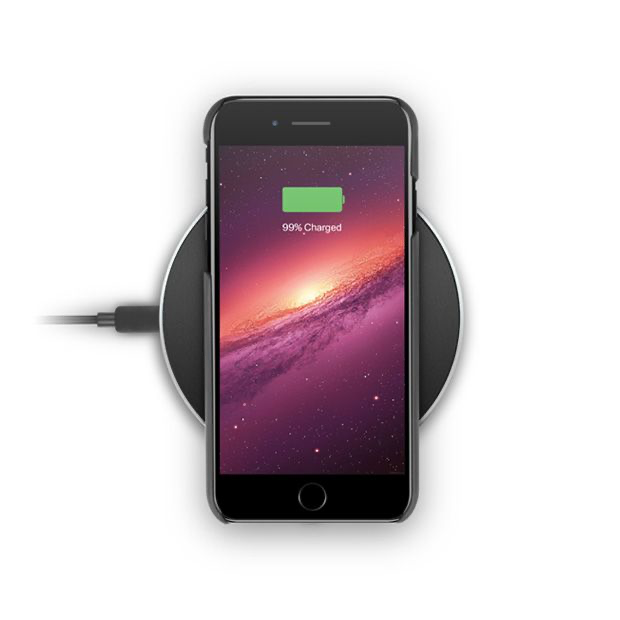Apple’s official adoption of the Qi inductive charging standard in 2017 settled the standards battle for inductive charging, according to Strategy Analytics. With the industry coalescing around the WPC’s standard, the focus is now on improving the consistency and reliability of the user experience of wireless charging, the research group adds.

Strategy Analytics says that, since its introduction in production cars in 2013, what started as a novelty feature has grown into a popular and rapidly growing market opportunity, with more smartphones than ever before supporting wireless charging. Originally offered on premium and luxury brands and models, wireless charging is now offered as an option on vehicles ranging from compacts and crossovers, to many other mainstream models.
Apple introduced Qi wireless charging with the iPhone 8, iPhone 8 plus, and iPhone X. In 20179, the tech giant said it would work with the Wireless Power Consortium to help others adopt the multi-device Qi technology.
“As with many technologies, the early iterations of wireless charging left something to be desired in terms of user experience,” says Edward Sanchez, senior analyst for Strategy Analytics’ Global Automotive Practice. “[Manufacturers] and developers realize this, and are working hard to improve the reliability and consistency of the technology’s user experience.”
“Wireless charging is significant in that it’s not only a convenience feature in and of itself, but as a catalyst for other technologies such as wireless smartphone projection, like Apple CarPlay and Android Auto,” adds Richard Robinson, director of Strategy Analytics’ Automotive Infotainment and Telematics service.
